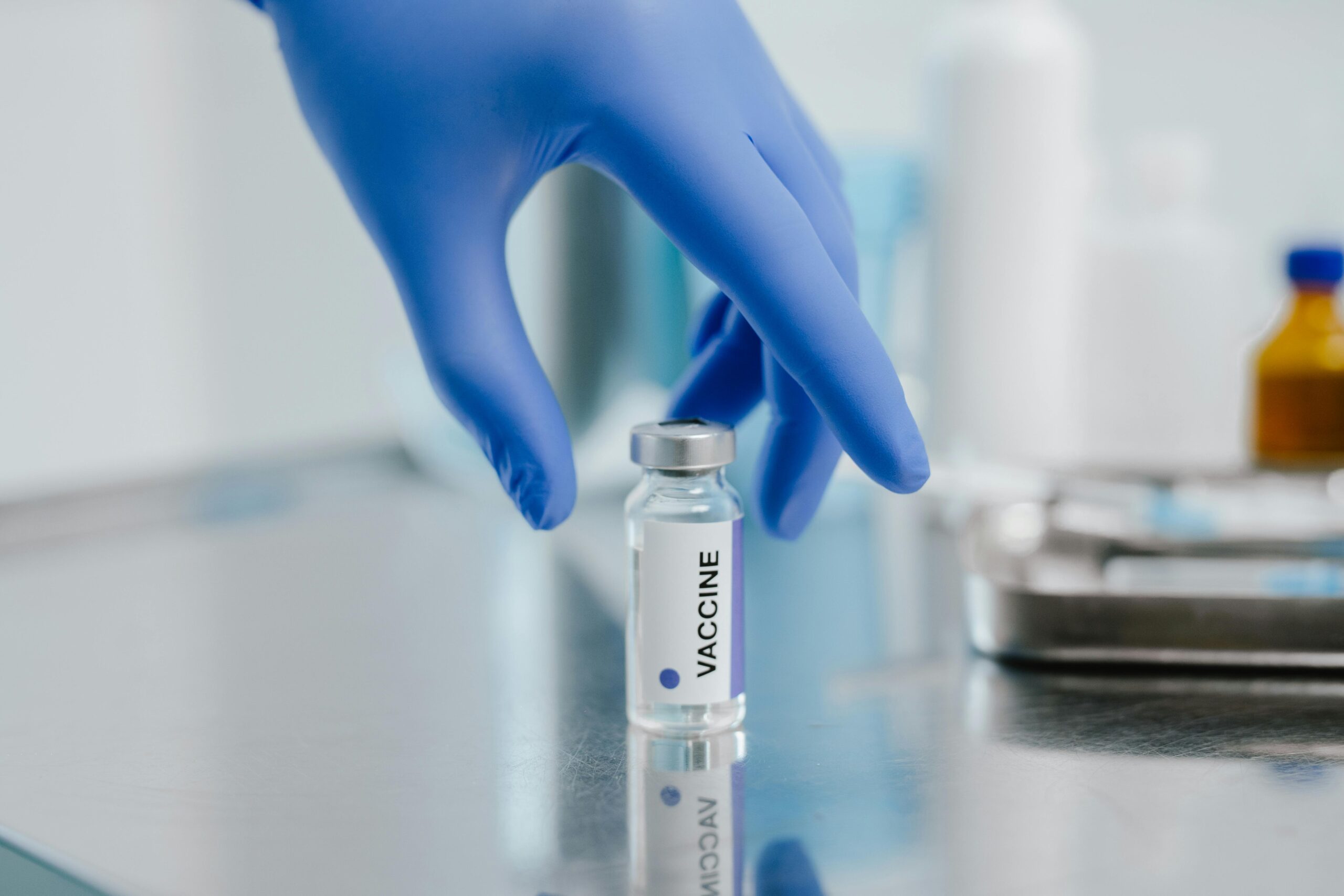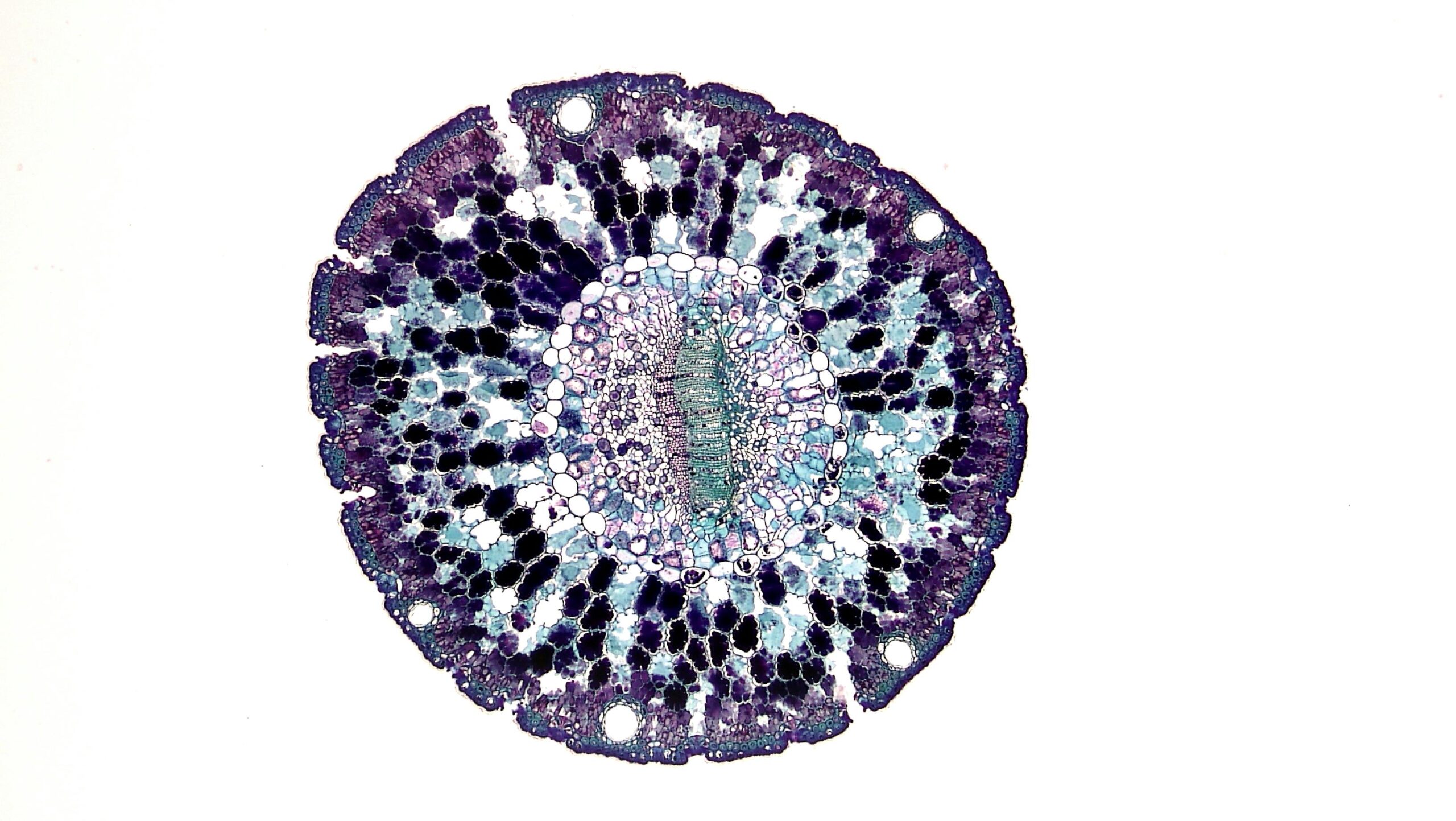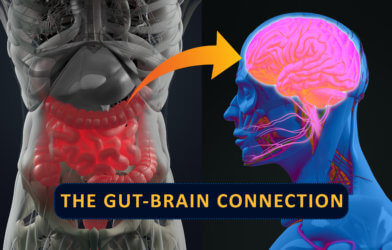When you’re feeding your family, you don’t just glance at the date on a carton of milk; you want the freshest food possible. But what if the same rule applied to a far more precious resource—the donor human milk given to the most vulnerable, sickest babies in the neonatal intensive care unit (NICU)? New research delivers a startling warning: The widely accepted “best by” date for frozen donor milk may be far too long for the tiniest premature infants, potentially exposing them to a higher risk of life-threatening intestinal diseases.
The study, led by physician-scientist Dr. Katherine E. Chetta at the Medical University of South Carolina (MUSC), found a startling link between prolonged donor human milk storage time and the increased likelihood of two severe conditions: necrotizing enterocolitis (NEC) and spontaneous intestinal perforation (SIP).
These findings directly challenge the current standards set by U.S. health organizations, which advise that frozen milk can be safely stored for up to 12 months for all babies. For the smallest and most vulnerable newborns, this research suggests those guidelines may need an immediate update.
The Hidden Threat to Preemie Guts
Premature babies, especially those born before 32 weeks, face unique health hurdles, but few are as devastating as necrotizing enterocolitis (NEC). Put simply, NEC is a severe disease where the lining of the baby’s intestine becomes inflamed and starts to die. It’s a medical emergency that can lead to surgeries and long-term health complications. The study also looked at a related condition, spontaneous intestinal perforation (SIP), which is when a hole or tear appears in the intestine.
Donor human milk (DHM) is the gold standard for feeding preemies when the mother’s own milk isn’t available. Doctors rely on it because it’s packed with crucial protective ingredients—like immune-boosting proteins and antioxidants—that help strengthen the infant’s immune system and shield their fragile guts against diseases like NEC.
Scientists have theorized that these disease-fighting ingredients start to lose their potency the longer the milk sits frozen. Dr. Chetta wondered if this “aging” milk truly offered less protection to the most vulnerable newborns compared to a fresher supply.
How Researchers Tracked Milk and Babies
To test this idea, researchers conducted a study by looking back at the medical records of 262 extremely premature infants admitted to a single NICU. The study focused on babies born before 32 weeks’ gestational age or weighing less than 1,700 grams (about 3.7 pounds)—the highest-risk group for intestinal problems.
The team divided the infants into two main groups: the “cases,” which were the 36 infants who developed NEC or SIP, and the “controls,” the 226 infants who remained disease-free. The researchers then used a meticulous tracking system to log every single DHM feeding. This allowed them to calculate a precise average storage duration for the milk consumed by every infant, measuring the time from when the milk was first expressed by the donor to the moment it was consumed by the baby.
Unsurprisingly, the infants who developed the intestinal diseases were much smaller and more premature on average (average birth weight of 1.8 pounds) than the healthy controls (average birth weight of 2.4 pounds). This demographic distinction is crucial because being extremely small is a well-established risk factor for NEC.
The raw data already hinted at the risk: the milk given to the infants who got sick had been stored for an average of 258.6 days, compared to 244.5 days for the healthy controls—a difference of about two full weeks. Researchers then used complex statistical modeling to isolate this effect from other known factors like the baby’s size or other health issues. The key takeaway is stark: For every single additional day the donor human milk was frozen, the chances of a premature infant developing NEC or SIP went up by 3.6%.
Dr. Chetta summarized the results simply, saying that “babies weren’t as protected with the use of donor milk that was stored for a longer time as with donor milk that was stored for shorter periods of time.”
The study went further, identifying a potential “sweet spot” for freshness, particularly for the tiniest infants—those weighing less than 750 grams (about 1.65 pounds) at birth. For this extremely low birth weight group, the rate of intestinal disease soared when they received DHM stored for over nine months (about 270 days). The data suggests that for the most fragile newborns, DHM should ideally be consumed within eight or nine months of its expression date to maximize its life-saving benefits.
Policy Needs to Catch Up with Science
This research presents a serious challenge to the current rules guiding milk banks. In the United States, guidelines currently allow for frozen donor milk storage for up to 12 months—a full year—for all infants. This standard is now being scrutinized against international practices.
For example, milk banks in Japan and many parts of Europe typically limit DHM storage to six to eight months. Intriguingly, Japan has a significantly lower incidence of NEC in its smallest babies compared to North America.
While the MUSC study was observational—meaning it shows an association between milk age and disease, not direct cause and effect—its strength lies in the detailed tracking of milk from donor to consumption. This powerful data has already led to internal changes in Dr. Chetta’s NICU, where they are prioritizing the distribution of the freshest milk to the most critically ill infants.
This research provides a vital “best by” date for the world’s most vulnerable patients. For extremely low birth weight infants, the current 12-month standard appears to be a dangerous overestimation, and health policy must immediately pivot to ensure that the protective, immune-boosting properties of donor milk aren’t diminished by time spent in the freezer.
Paper Summary
Methodology
This was a retrospective case-control study conducted at a single neonatal intensive care unit (NICU) between February 2022 and January 2024. The study reviewed 262 premature infants (born at <32 weeks or <1,700 g) who received donor human milk (DHM). The primary variable was the average DHM storage duration, calculated from the milk’s expression date to the date of consumption. Statistical analysis was used to determine the link between storage duration and the odds of developing necrotizing enterocolitis (NEC) or spontaneous intestinal perforation (SIP), while adjusting for other risk factors.
Results
The study found a statistically significant link between longer DHM storage and increased risk of intestinal disease. The average DHM storage for infants who got sick was 258.6 days, compared to 244.5 days for healthy controls. After adjustment, every additional day of DHM storage increased the odds of developing NEC or SIP by 3.6% (P<0.001). The highest risk was observed in the smallest infants (birth weight <750 grams) who received milk stored for over nine months (>270 days).
Limitations
The main limitation is that the study was a single-center, observational case-control analysis, which can only show an association, not a direct cause-and-effect relationship. The study also had a relatively small number of cases and exclusively used milk from nonprofit HMBANA milk banks, which may limit the generalizability of the findings to other institutions.
Funding and Disclosures
The study was supported by several grants, including those from the National Institutes of Health (NIH) (KL2TR001452 and UL1TR001450 to Katherine Chetta) and endowments from the Medical University of South Carolina (MUSC). The authors reported no conflicts of interest.
Publication Information
The paper, “Donor human milk storage and gastrointestinal morbidities in preterm infants: A case-control study,” was authored by Terence James M. Camilon MS, et al. and published in the Journal of Parenteral and Enteral Nutrition in 2025 (49: 717-723; DOI: 10.1002/jpen.2780).










